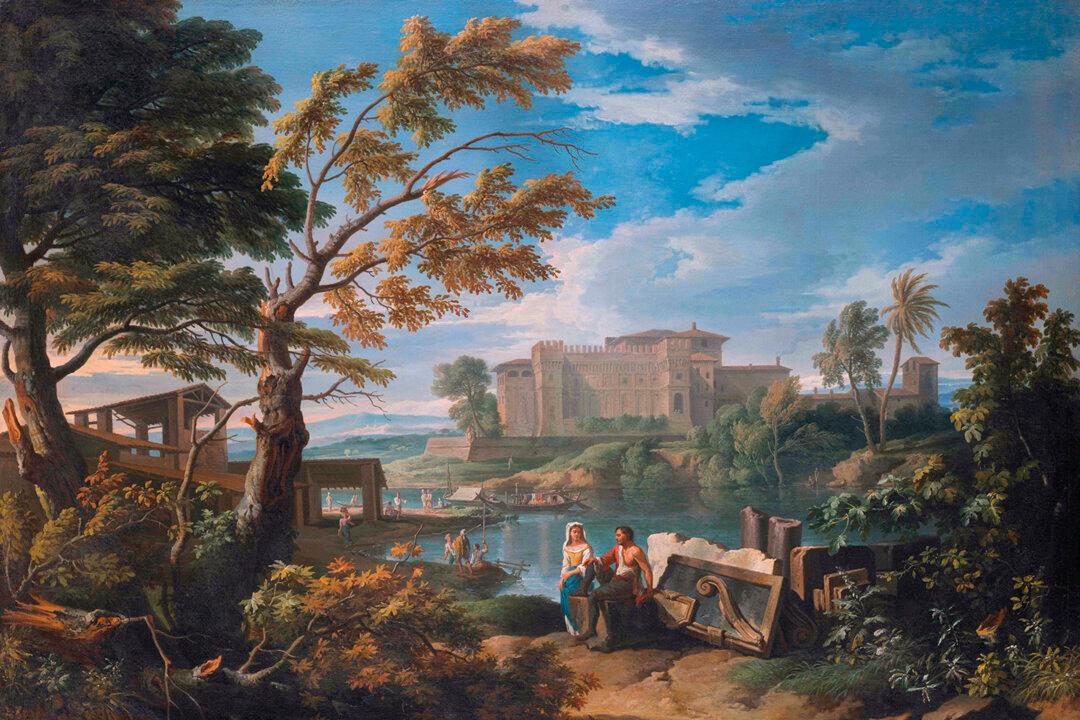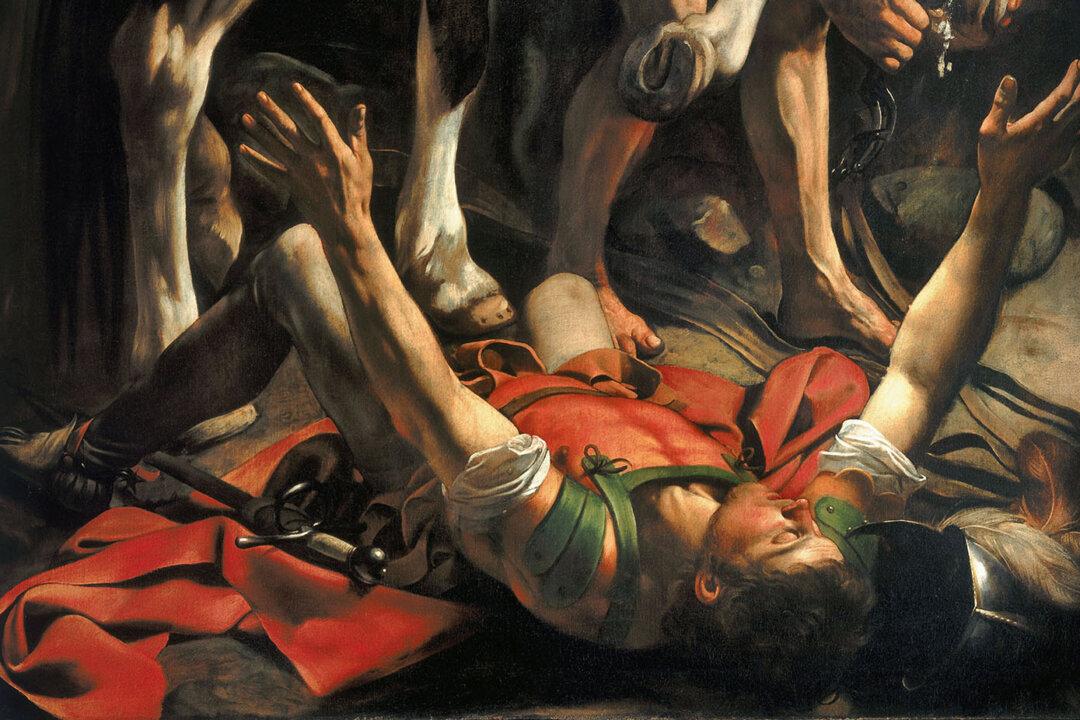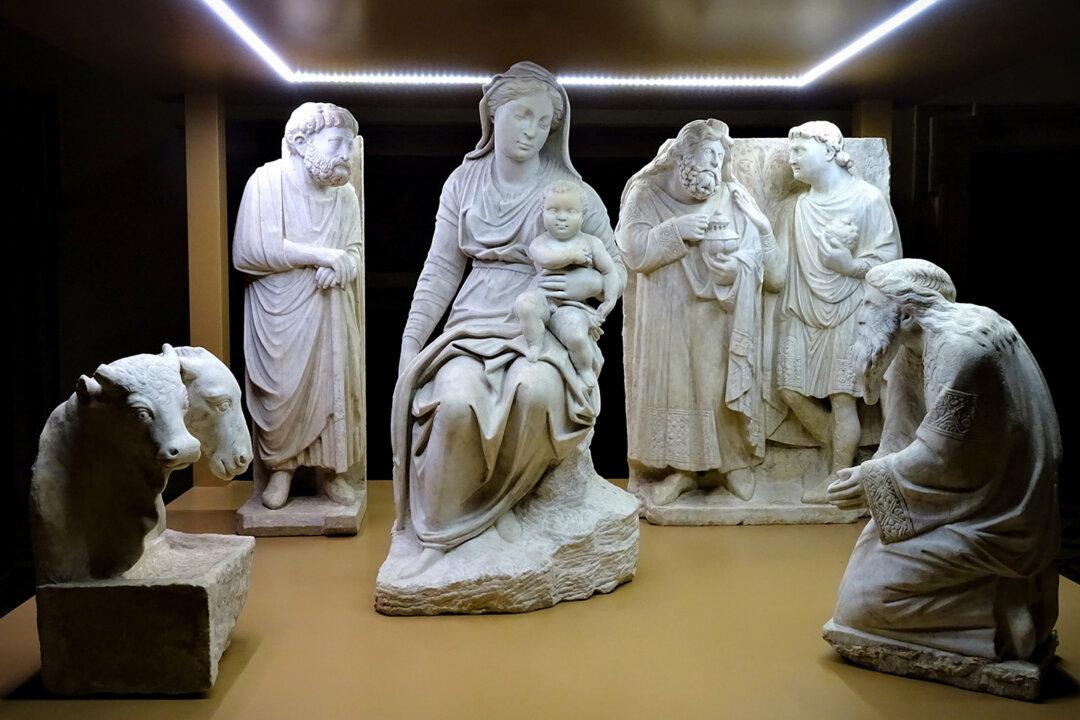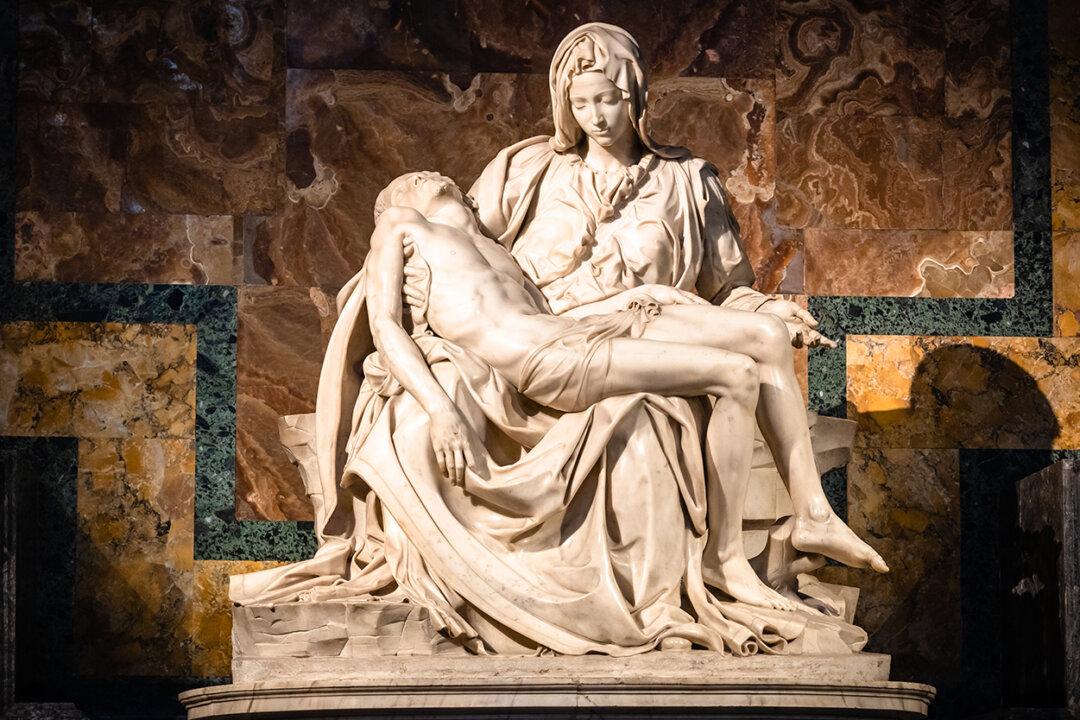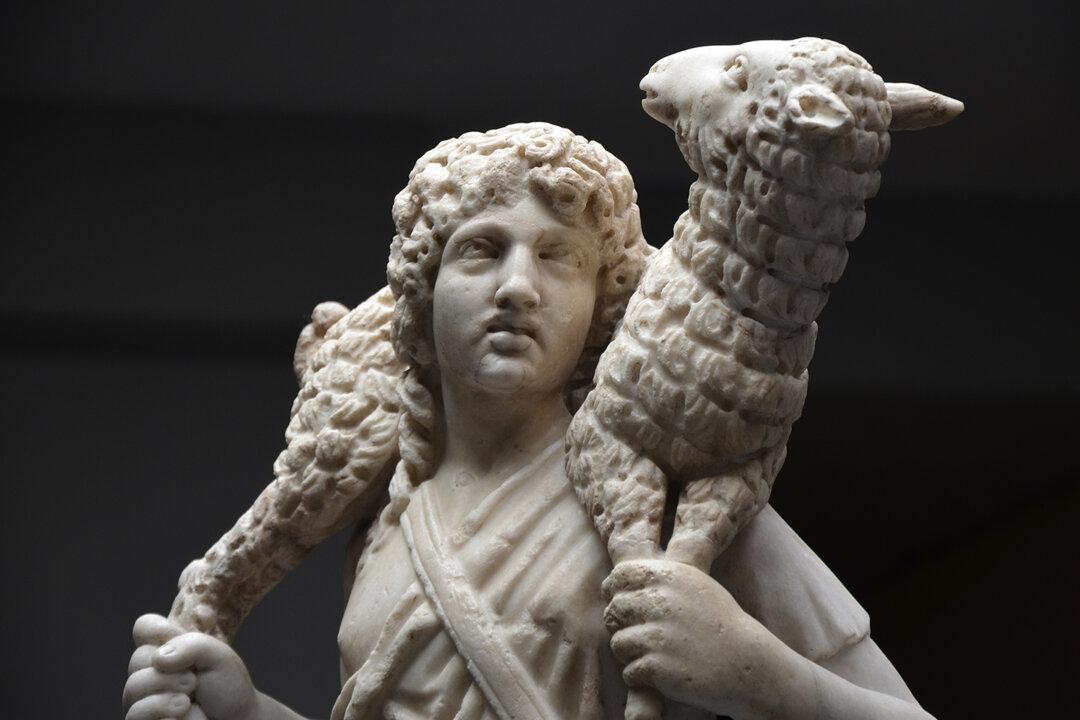When, in 1503, Giuliano della Rovere (Pope Julius II) was elected pope by unanimous vote in the shortest conclave in history, he faced a maelstrom of decisions. How, for instance, to erase the memory of his loathed predecessor Alexander VI or to keep the king of France from encroaching on papal lands? How to organize the missionary efforts to the newly discovered Americas or repair the crumbling basilica dedicated to St. Peter? What name to take as the successor of St. Peter? Of all Pope Julius II’s resolutions, however, none would have greater or more lasting effect than where to place his art collection.
An Avid Art Collector
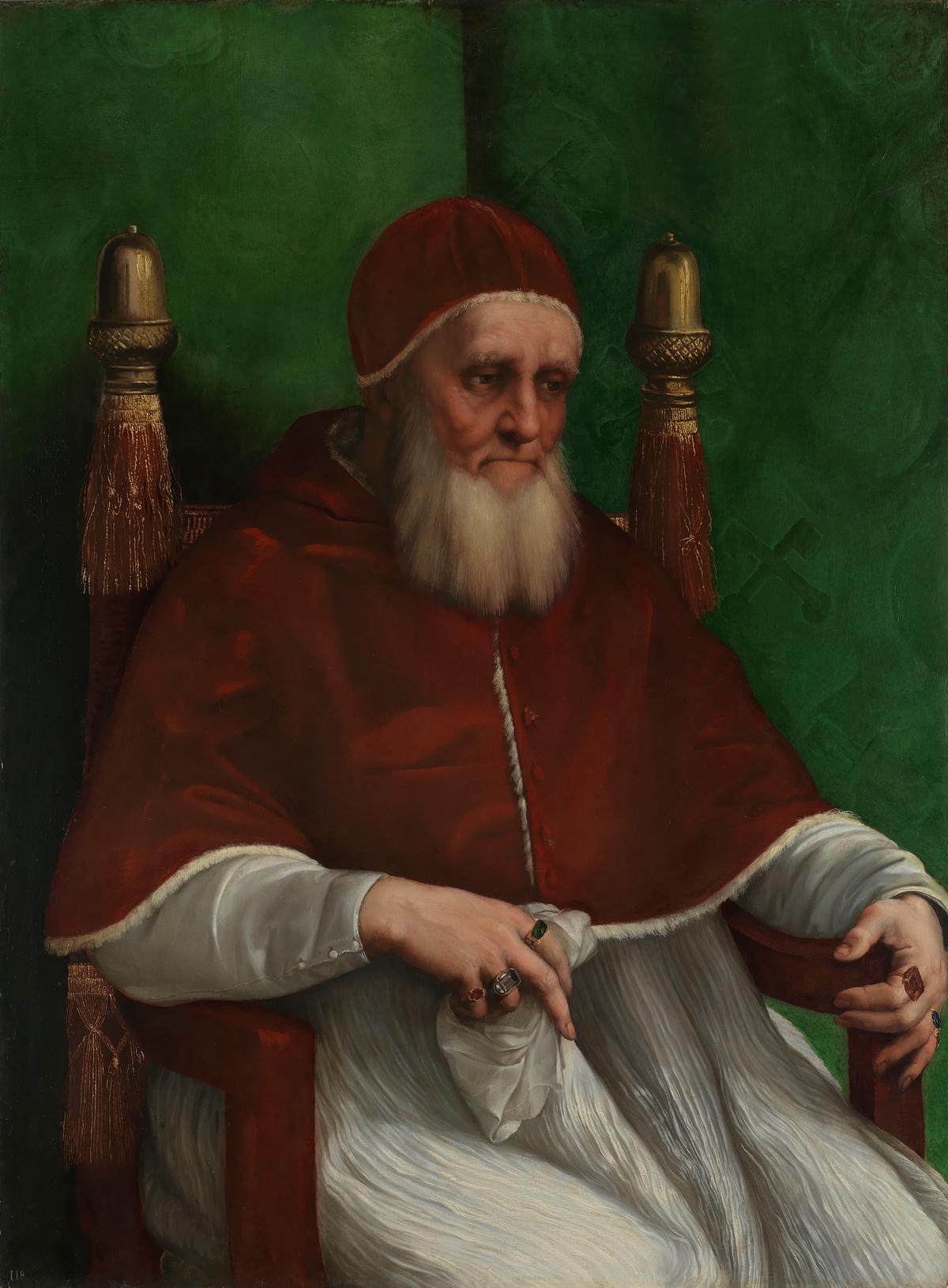
“Portrait of Pope Julius II,” 1511, by Raphael. Oil on poplar; 42 3/4 inches by 31 7/8 inches. The National Gallery, London. Public Domain

